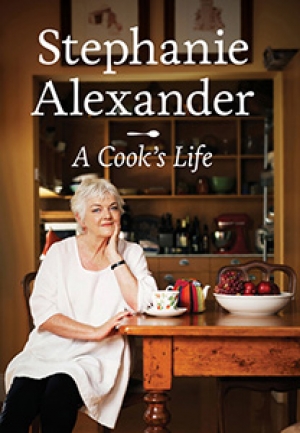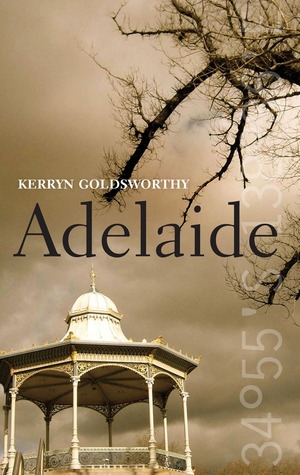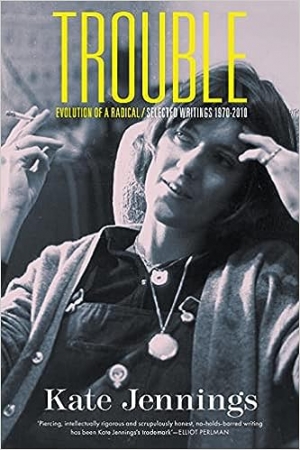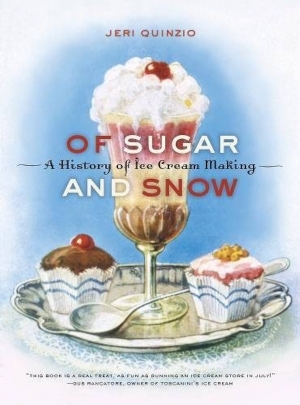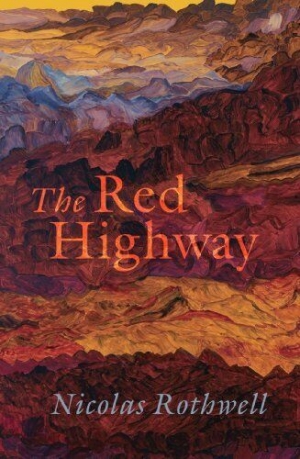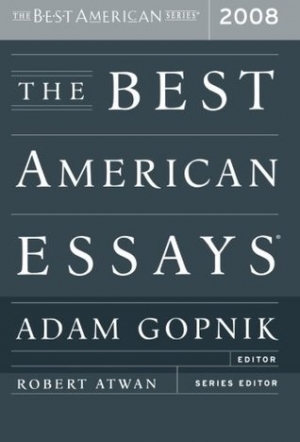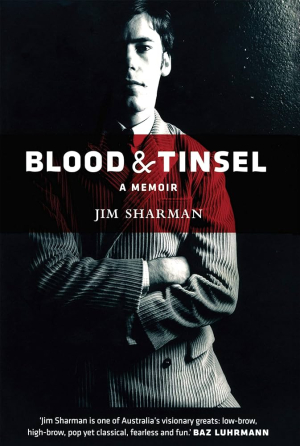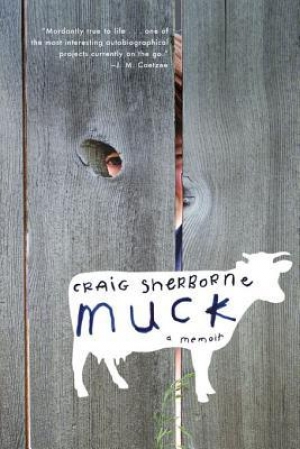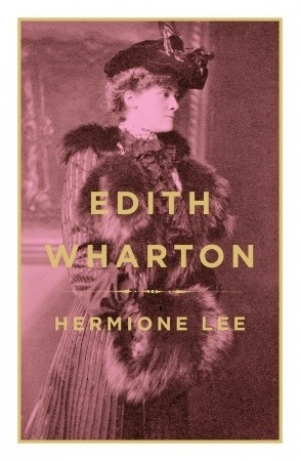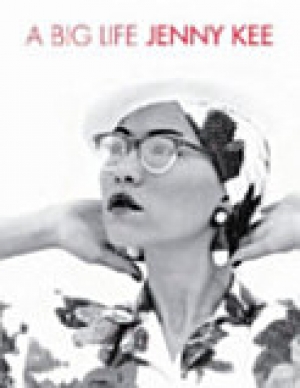Gay Bilson
Most present-day Australian chefs (that is to say, cooks who earn a living through their training, practice, and culinary skills) who have written cookbooks are at the same time telling us about themselves. Is it not curious that, in general, cooks repeatedly praise the table for its central role in hospitality, conviviality, generosity, and equality, yet seem so needful of, so greedy for, praise?
... (read more)This year is the 175th anniversary of European settlement in South Australia. The University of Adelaide presented a series of public lectures collectively called Turning Points in South Australian History. Bill Gammage gave the first and showed by an accretion of primary sources that, prior to white settlement in 1836, Aborigines kept a tidy landscape thanks to the controlled use of fire. First Adelaidians exclaimed that the landscape was close to an English garden. Henry Reynolds gave the second lecture, and made much of the political and social timing of the settlement, after the abolition of slavery in London and just before the Treaty of Waitangi in New Zealand. The idea of terra nullius was in its preliminary colonial tatters.
... (read more)Gay Bilson reviews 'Trouble: Evolution of A Radical / Selected Writings 1970–2010' by Kate Jennings
One day soon, instead of meekly thanking the Editor for another memoir, I’m going to scream. Not another damned life story, confession, self-exploration! I’m fed up, I’ll shout – fed up with women (because they always are) whose only way of writing about their times is to plonk themselves at the centre (which they are, in a literal sense) and to define everything through their own feminism, jacket, migraine, dog, marriage, job or dependency.
... (read more)Gay Bilson reviews 'Of Sugar and Snow: The History of ice cream making' by Jeri Quinzio
A remarkable ice cream made in 1991 included two thousand eggs, ninety litres of cream and fifty-five litres of milk. No one but Phillip Searle, Australia’s emperor of ice cream, would have set out to make Ball and Chain, a giant, medieval, spiked weapon which melted in the mouth. The spikes themselves were thirty-centimetre silver-leaf-tipped cones of vanilla ice cream and raspberry sorbet, and these were broken from the enormous ball, which had been sculpted around a heavy iron frame. This included long handles so that the servers, naked but smeared with clay, might carry the weapon through the centre of a rectangle of some 180 diners towards the performance of Music for Ball and Chain, composed by Tony Buck and commissioned by Searle. The musical instruments were indeed a ball and chain.
... (read more)Towards the close of the second section of The Red Highway, Nicolas Rothwell is driving across the Kimberley Plateau towards Wyndham with a hitchhiker, an Aboriginal girl. When she asks why he has come back, he tells her that while he was a reporter in the Middle East he heard stories about places in the Kimberley that reminded him of people he knew there and of how much he missed the country. He tells her that ‘people who come to northern Australia come here because they’re lost, or searching, or on the edge of life, and silence, and they’re chasing after some kind of pattern, some redemption they think might be lurking, on the line of the horizon, out in the faint, receding perspectives of the bush’. He turns on the radio and picks up a station based in Kununurra. The announcer is chatting about strongyloids, a parasitic worm which causes heart and kidney problems in outback communities. ‘“I’ve got that,” said Cherandra proudly.’
... (read more)Gay Bilson reviews 'The Best American Essays 2008' edited by Adam Gopnik and 'The Best Australian Essays 2008' edited by David Marr
In 1977, in three consecutive issues, the New Yorker published Hannah Arendt’s ‘Thinking’. Each part was called an ‘article’, a strangely modest, journalistic word in the face of the length of each part of the essay and the profound subject. Thirty-two years ago, the magazine showed curmudgeonly modesty: writers were named in small print at the foot of each ‘piece’, there was never, god forbid, a sub-editor’s catch-all under the title, no short biographies of the writers were printed, and there were never, ever, visual illustrations or photographs to accompany the text. The issue in which the first of Arendt’s ‘articles’ appeared included poetry by Mark Strand; the long book review was by George Steiner; Pauline Kael was the film reviewer; there were four Saul Steinberg drawings; and Andrew Porter reported on classical music. The list of names we revere could go on.
... (read more)Jim Sharman and Rex Cramphorn (a future artistic director of Melbourne’s Playbox Theatre) first met at NIDA in the 1960s, and Sharman returned there as a tutor in the 1970s. He was then a ‘radical populist’, while Cramphorn was scholarly, mad about Racine and Corneille. But they agreed that theatre was a vocation, and shared a ‘crypto-mystical’ interest in the slippery relationship between reality and illusion. They would set up a short-lived theatre company at the Paris Theatre (later demolished), and mount two premières of Australian plays, Dorothy Hewett’s Pandora’s Cross (1978) and Louis Nowra’s Visions (1979).
... (read more)If the central, not-made-much-of miracle in Craig Sherborne’s remarkable memoir Hoi Polloi (2005) is the disappearance of the narrator’s childhood stutter after a blow to the head, then the equivalent motif in Muck, Hoi Polloi’s equally fine sequel, is his voice.
... (read more)I took to Edith Wharton in the late 1970s but don’t remember why. I have never forgotten the name of the heroine of the first of her books that I read: Undine Spragg, all soft promise dashed by that biting surname. This was The Custom of the Country (1913), and I read on: Ethan Frome (1912), Summer (1917), and The Children (1928), for instance. Someone offered me R.W.B. Lewis’s Edith Wharton: A Biography (1975), and a friend created space on his bookshelf by unloading The Collected Short Stories (edited and introduced by Lewis, who calls himself an ‘addict’). Much later, when the film of The Age of Innocence was released in 1993, I primly chose to read the novel rather than see a version of it. Then I left Edith Wharton, née Jones, born to wealth in 1862 in New York, on the shelf.
... (read more)What a big book it is! And so many photographs: only a few without Jenny Kee. The dust jacket is drop-dead gorgeous: just Jenny’s face, with the Revlon red of her trademark glasses and lips lifted to the title. But heavens, this isn’t a dust jacket but a jacket. Take it off. The lining is Jenny’s Monet Opal print, and there are French folds and more photos. Open the book, and here is Jenny’s big life in twelve chapters.
... (read more)
